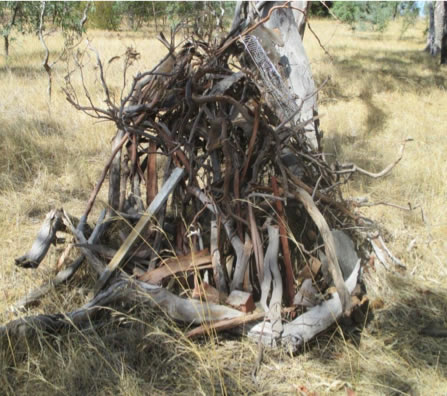| Attachment | Size |
|---|---|
| Play-Australia-Presentation-to-the-panel-re-Royal-Park-7-April-2014.pdf616.31 KB | 616.31 KB |
Presentation to the panel, Monday April 7, 12.50 – 1.00pm Barbara Champion, Executive Director Play Australia
- Play Australia is the peak national member based organization committed to advocate, support and promote the value of play and inspire active healthy outdoor play opportunities throughout Australia.
- The United Nations Convention on the Rights of the Child to Play adopted in 1989 has been ratified by the Australian government, and all nations are required to comply with the articles of this treaty. In 2013 a General Comment was published which states that the right to play is fundamental to the quality of childhood, children’s entitlement to optimum development and the promotion of resilience and realisation of other childhood rights.
- The General Comment describes the obligations for the State Parties which include the obligation to respect – refrain from interfering directly or indirectly with the enjoyment of Article 31 rights; to protect – take steps to prevent third parties from interfering with Article 31 rights; and obligation to fulfil – to make available all necessary services, provision and opportunities.
- What does this mean for the children being affected by the plan to remove significant areas for play in the development of the East West tunnel? It means that:
- children living in the Flemington housing estate, already significantly disadvantaged as stated in the Social Impact Statement, will lose access to their playground at Debney’s Park, which has taken many years to develop;
- children resident in West Parkville will lose access to their playground at Manningham Street in Royal Park;
- Children attending schools in North Melbourne will have less opportunity for outdoor unstructured play in Royal Park, because vast areas will be fenced off for construction;
- All children will lose access to nature - both with the loss of access to substantial areas to play in Royal Park, and the loss of a significant amount of vegetation ‘to play in’ which will not grow back in their childhood.
- Why Playgrounds matter to communities
- Playgrounds play a key role in community cohesiveness as evidenced with the Debney’s Playground in particular;
- Research supports development and use of playgrounds particularly in disadvantaged communities such as Malahang Reserve in West Heidelberg, where social cohesion has grown significantly since the development of the community’s playground;
- Children are only children once. There will be no opportunity to go back to compensate for missed experience.
- Images below show evidence of children at play in Royal Park
- This project does not support the child’s right to play.
- it includes the removal of 2 well-loved and heavily used children’s playgrounds;
- It includes the loss of substantial areas of parkland that is used for children’s play;
- It includes the loss of access to parkland that is used for environmental education programs, Bush Kinder programs and Junior Ranger programs for children.
All of these programs are important to maintain the healthy development of our children in our community, and therefore it is the view of Play Australia that this project is a fundamental challenge to the Child’s Right To Play and is therefore unacceptable.


- Log in to post comments
